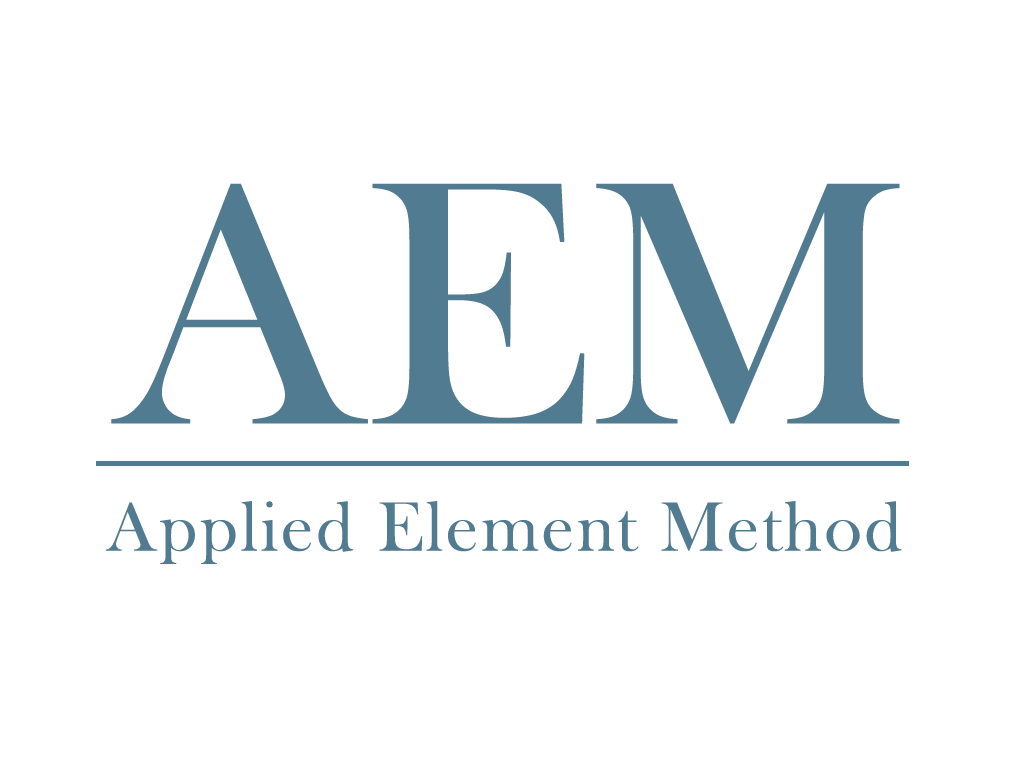TThe Applied Element Method (AEM) is a relatively recent addition to the discrete elements methods family. Initially conceived to model blast events and concrete structures, its use in the modelling of masonry structures subjected to earthquake actions is steadily gaining popularity. In this study, it is shown that this modelling strategy can indeed be employed to accurately predict the response of unreinforced masonry (URM) walls subjected to both in-plane and out-of-plane loading. The numerical validation is carried out through comparison with the results obtained from an extensive experimental campaign involving cyclic and dynamic testing of calcium-silicate and clay brick walls, featuring varying material properties and boundary conditions. In as much as possible, use was not made of the experimental results of the wall specimens to calibrate the corresponding numerical models; in this manner the proposed modelling approach may readily be employed for the more customary situations where test results of the structures being modelled are not available.
D. Malomo, P. Comini, R. Pinho, A. Penna (2018) “The Applied Element Method and the modelling of both in-plane and out-of-plane response of URM walls,” Proceedings of the 16th European Conference on Earthquake Engineering, Thessaloniki, Greece, Paper n. 10691.
[symple_box color=”gray” fade_in=”false” float=”right” text_align=”left” width=”100%”][/symple_box]
